1. McDonald’s Arch Deluxe
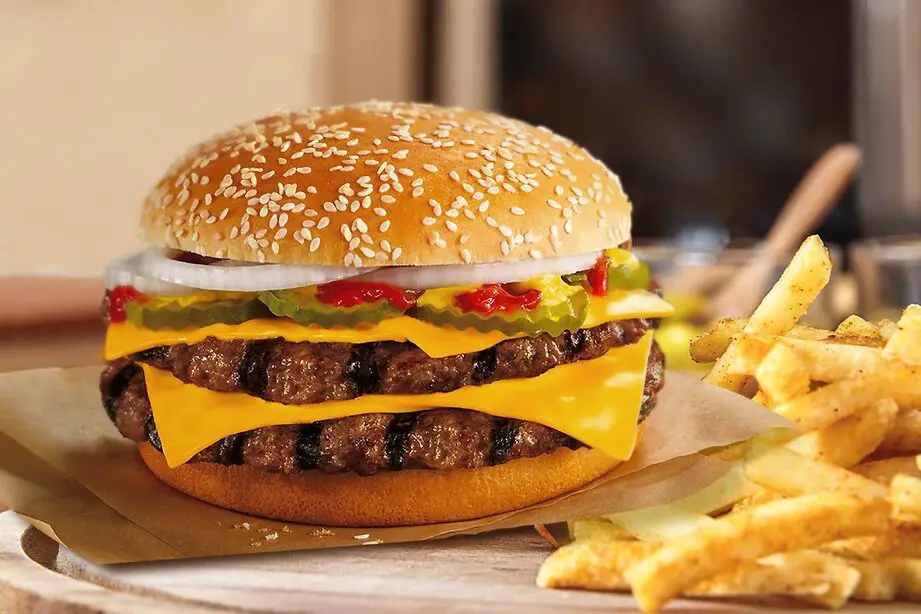
In the mid-’90s, McDonald’s tried to reinvent itself with the Arch Deluxe, a burger that was supposed to appeal to adults rather than kids. It came topped with peppered bacon and a mustard-mayo sauce, and the company poured an estimated $200 million into marketing it. The goal was to give the chain a more “sophisticated” edge and show that it could cater to grown-up tastes.
But customers didn’t really buy into the idea. The burger cost more than regular menu items and didn’t feel different enough to justify the hype. Reviews often said it was just another McDonald’s burger with a fancy sauce. Within a few years, it quietly disappeared, remembered more for its expensive advertising failure than for the flavor itself.
2. Burger King Satisfries
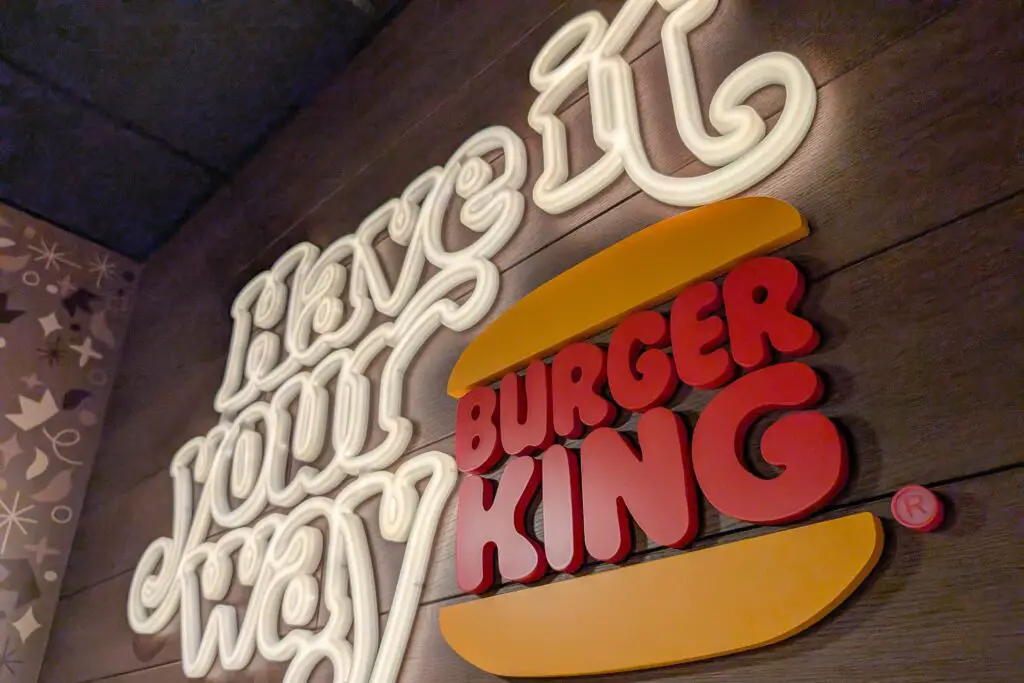
In 2013, Burger King rolled out Satisfries as a healthier alternative to their classic fries. Cooked in a way that absorbed less oil, they had fewer calories and less fat but looked nearly identical to the original fries. The concept was meant to tap into the growing demand for lighter fast food options.
Unfortunately, people weren’t impressed. Many didn’t think they tasted as good, and with a higher price tag, the healthier spin didn’t seem worth it. Parents and dieters alike passed on them, and regular fry fans stuck with what they knew. By the next year, most locations had stopped serving them altogether.
3. Taco Bell Seafood Salad
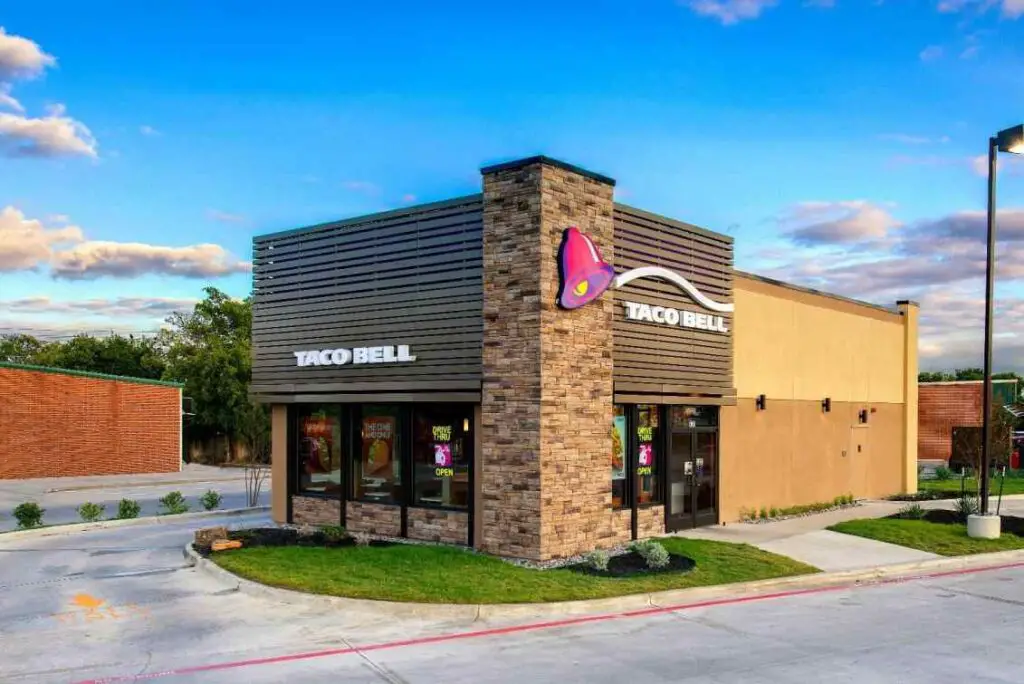
Back in the ’80s, Taco Bell experimented with seafood by introducing the Seafood Salad. The dish included shrimp, crab, and whitefish tossed together in a taco bowl, hoping to compete with McDonald’s Filet-O-Fish. It was meant to add variety to their Tex-Mex-heavy lineup.
The problem was simple: people didn’t trust fast food seafood. Customers were skeptical about freshness, and the taste didn’t exactly win anyone over. Many diners thought it was unappetizing, and it quickly gained a bad reputation. Not long after its launch, the Seafood Salad quietly vanished from Taco Bell’s menu.
4. McSpaghetti

McDonald’s took a swing at Italian food in the U.S. with McSpaghetti. The dish came with noodles, tomato sauce, and even meatballs, designed to offer something different from burgers and fries. Interestingly, it found success in the Philippines, where it’s still served today.
But in the U.S., it was a total flop. Customers didn’t head to McDonald’s for pasta, and most thought the flavor was closer to a frozen dinner than anything freshly made. It also clashed with the brand’s identity of quick, handheld meals. The experiment didn’t last long, proving pasta wasn’t the chain’s strong suit.
5. Burger King Enormous Omelet Sandwich
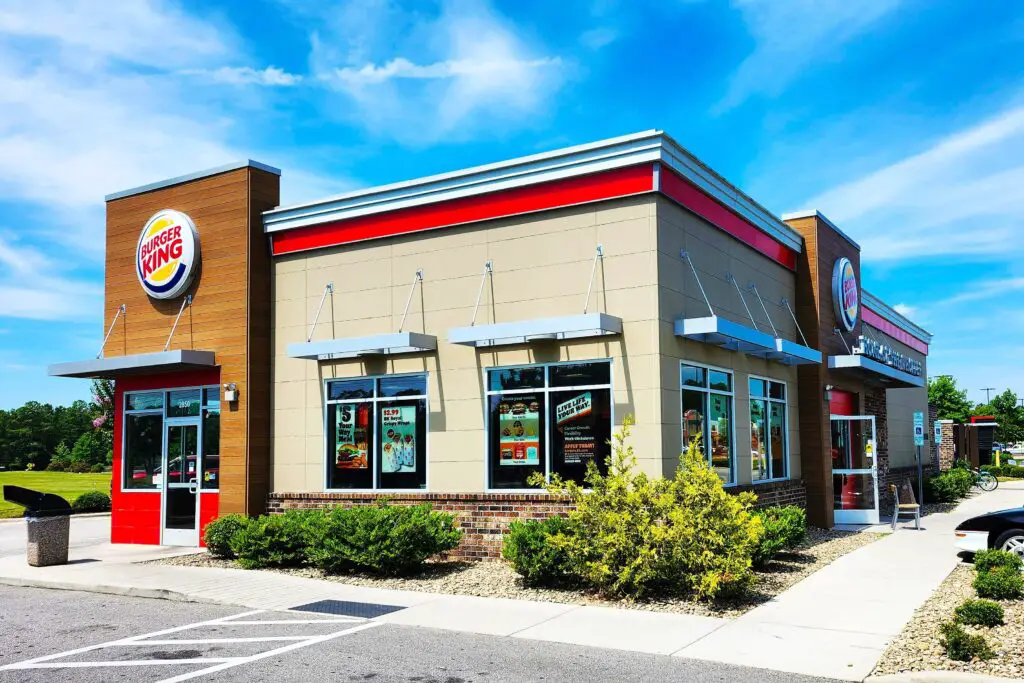
In 2005, Burger King went big on breakfast with the Enormous Omelet Sandwich. Stuffed with eggs, sausage, bacon, and cheese, it was massive compared to other morning options. On paper, it looked like a dream meal for anyone craving a hearty start to the day.
The reality was a calorie bomb with over 700 calories and nearly 50 grams of fat. Health experts criticized it, and even customers found it too much for a quick breakfast. Instead of indulgent, it came across as excessive. Within a year, Burger King dropped it from menus.
6. McLean Deluxe
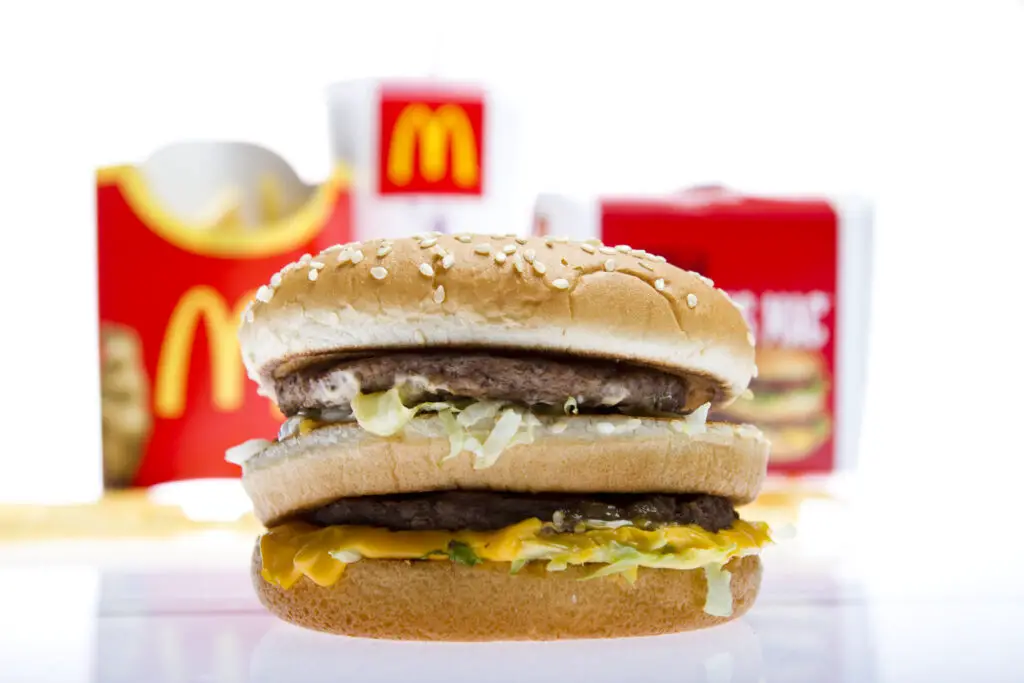
The McLean Deluxe was McDonald’s ’90s attempt at a healthier burger. To cut down on fat, the patties were made leaner and held together with seaweed extract. It was marketed heavily to appeal to calorie-conscious diners.
But the taste just didn’t measure up. Many found it bland and dry, which made it a poor alternative to juicier burgers. People weren’t going to McDonald’s for diet food anyway, so the whole concept felt misplaced. The McLean Deluxe quickly joined the list of menu items that couldn’t live up to the hype.
7. Wendy’s Superbar
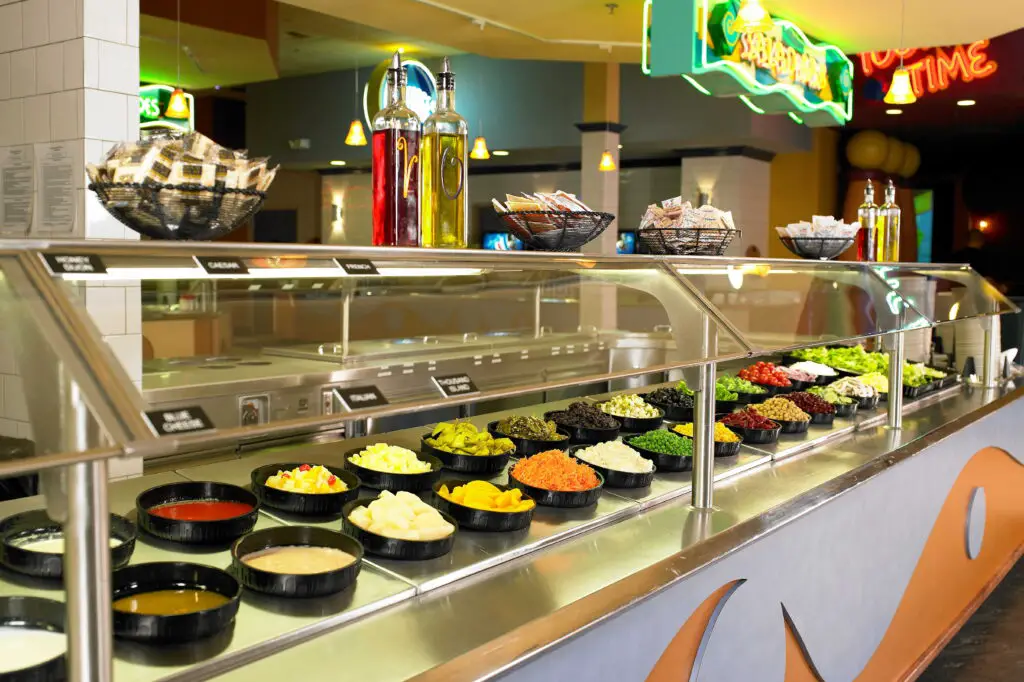
In the late ’80s and early ’90s, Wendy’s introduced the Superbar, a buffet-style offering with pasta, Mexican food, and salads. It was meant to set them apart from competitors by giving diners variety in a fast food setting. Customers could load up their trays for one price.
The execution, however, was messy. It was difficult for staff to maintain cleanliness and food safety, and it slowed down the overall restaurant flow. Waste was a huge problem, too. By the mid-’90s, the Superbar was retired, never to return.
8. Burger King Shake ’Em Up Fries

Burger King tried to make fries more fun in 2002 with Shake ’Em Up Fries. Customers were given a bag of fries and a packet of flavored cheese powder, then told to shake it all up themselves. The idea was to add a playful, customizable twist to fries.
In reality, it didn’t go well. The coating came out uneven, leaving some fries overloaded with powder while others had none. Parents didn’t love the extra mess, and the novelty wore off quickly. By the following year, the experiment was over.
9. McDonald’s Hula Burger
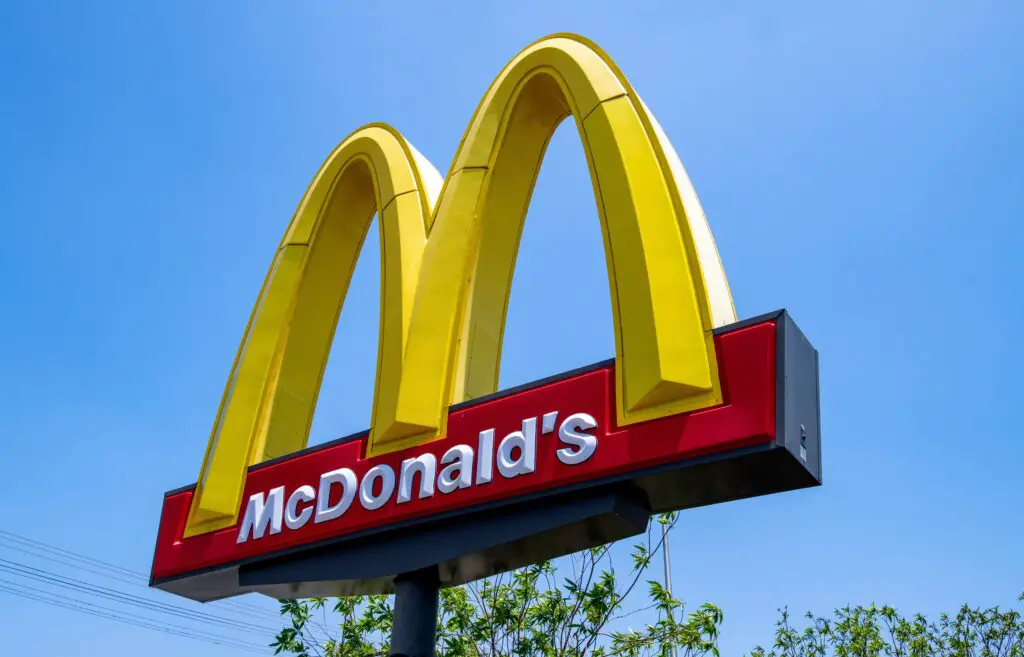
In the ’60s, McDonald’s pitched the Hula Burger as an option for Catholics avoiding meat on Fridays. It was simply a slice of grilled pineapple with cheese on a bun. Ray Kroc himself pushed the idea, convinced it would sell.
But it had the bad luck of launching at the same time as the Filet-O-Fish. Customers overwhelmingly preferred the fish sandwich, and the Hula Burger flopped immediately. It disappeared quickly, leaving the Filet-O-Fish to become a long-term staple. Today, it’s a quirky footnote in the company’s history.
10. Pizza Hut Priazzo
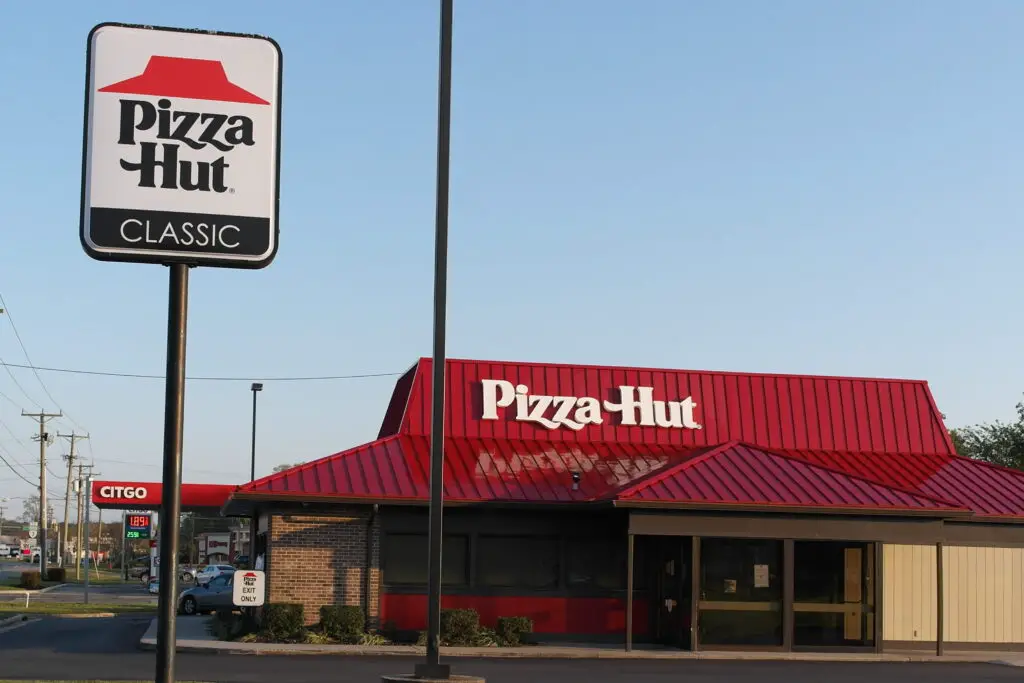
In the mid-’80s, Pizza Hut launched the Priazzo, a layered deep-dish pizza meant to resemble authentic Italian pies. It was hearty, filled with meats, cheeses, and sauces, and marketed as something special.
While fans liked the taste, it came with a problem: it took much longer to cook than regular pizzas. That didn’t fit the “fast” part of fast food. It was also pricier, which turned families away. By the end of the decade, the Priazzo was gone.
11. Burger King’s Whopperito

In 2016, Burger King tried merging two popular foods into one with the Whopperito. It was essentially a Whopper wrapped in a tortilla, containing the same beef, cheese, lettuce, tomato, pickles, and sauce. The novelty generated some buzz at first.
But once people tried it, reviews were lukewarm. Many said it felt like a watered-down burger and a weak burrito at the same time. It didn’t satisfy cravings for either food, so customers didn’t return for more. Within months, it was pulled from the menu.
12. McDonald’s Mighty Wings
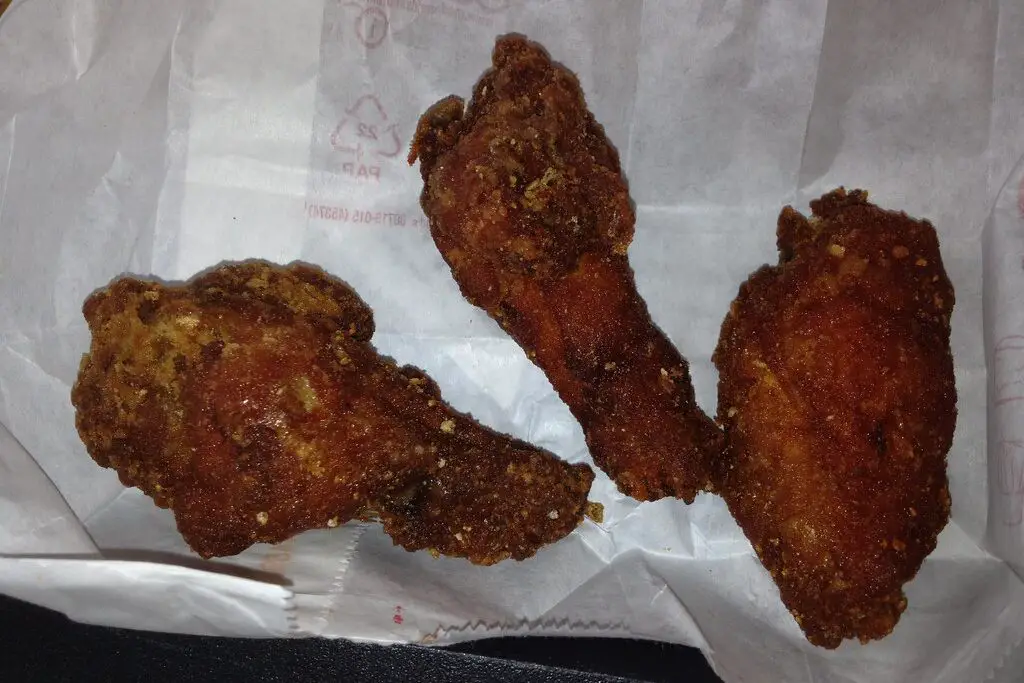
In 2013, McDonald’s jumped into the chicken wing craze with Mighty Wings. They were breaded, spicy, and sold in packs, designed to compete with restaurants specializing in wings. On paper, it seemed like a smart move.
But the price was higher than customers expected, and families weren’t thrilled about the spicy heat level. Portions felt unsatisfying compared to what people were used to. Despite the wings themselves being decent, they didn’t fit the brand’s image. By 2014, the experiment was over.
13. Domino’s Oreo Dessert Pizza
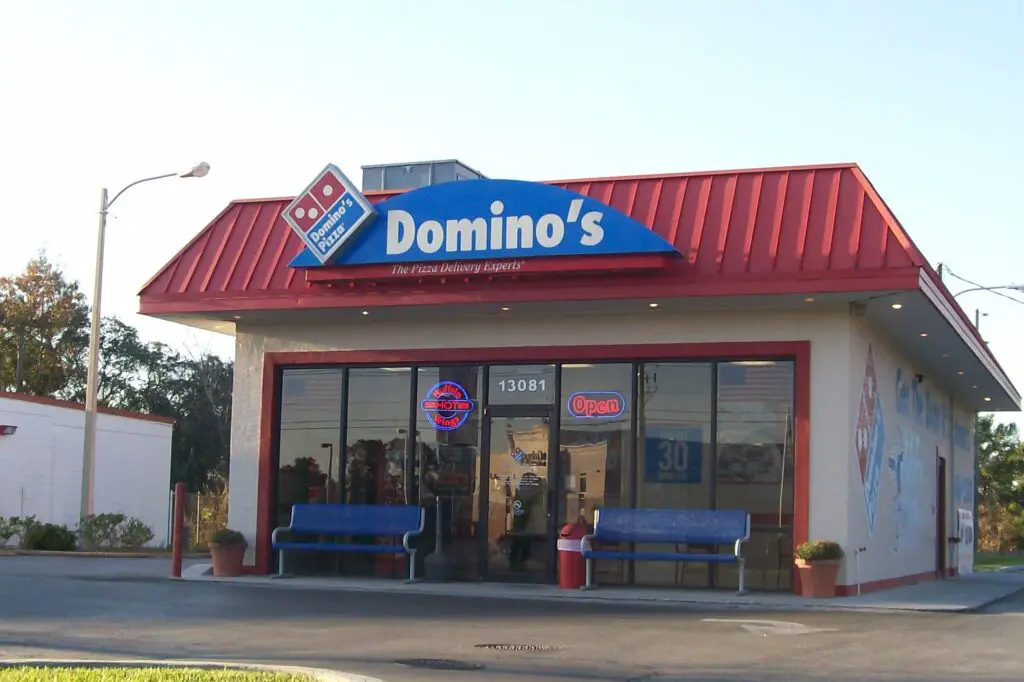
In the mid-2000s, Domino’s offered the Oreo Dessert Pizza, which combined a crust with vanilla sauce, Oreo crumbles, and icing. It was marketed as a fun sweet treat to go along with their pizzas.
But not everyone loved it. Many found it overwhelmingly sweet, and the texture often turned soggy during delivery. It just didn’t deliver the way a dessert should. Within a short time, Domino’s removed it from the menu.
